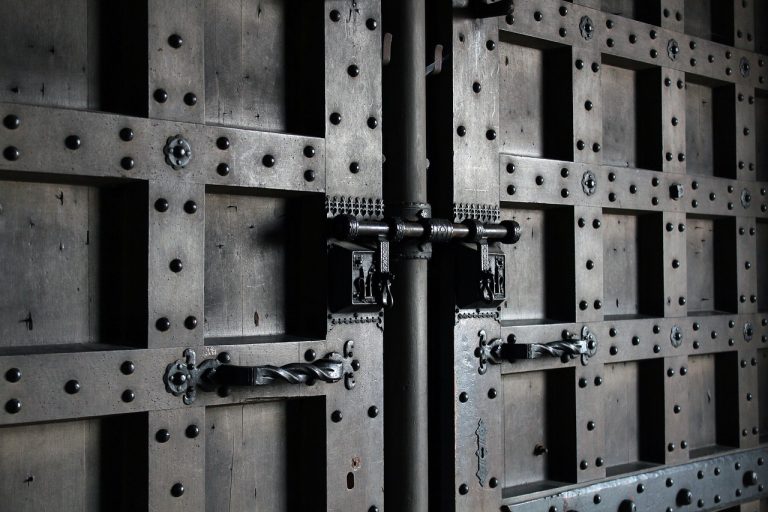You Are the Weapon

You Are the Weapon: When you understand the game, you don’t panic
The most important skill in any confrontation is fear management. To be successful in a confrontation, especially a potentially violent encounter, you need to get your fear under control quickly. Accept the reality that is around you and rise to the challenge. Keep thinking, keep moving. The difference between how one person reacts to stress versus another is each person’s level of “Psychological Resources” towards the same situation. Mental training, I would argue, is as important as physical training (or even more so) to handle the stressors that fearful situations bring. Our training for self-defense in whatever martial arts we choose should have mental pressure testing to raise our level of psychological resources. The more mentally we are prepared, the calmer we are and the more we have control of our breathing. In violent scenarios, under stress, we resort to our level of training. If we are prepared physically and mentally, we will react more as if the situation were a training drill instead of fearing the unknown.
The Fight or Flight Response
For untrained people, the fight or flight response has 7 possible outcomes. These are Fight, flight, freeze, posture, submit, choking, and the death grip.
- Fight-response: your reaction to a situation is to fight, you defend yourself and/or fight with your opponent or opponents. Fighting here not only refers to physical fighting but also to standing your ground and confronting your attackers verbally.
- Freeze-response: you experience temporary paralysis, meaning that you are not able to move or do anything.
- Posture-response: you stand up to your opponent using both verbal and body language and pretend that you will fight your opponent if needed, in the hope he/she will back down. If this fails it is often followed by…
- Submit-response: you surrender in the hope that your opponent will stop attacking or hurting you.
- Choking response: you feel that you are not able to swallow or breathe like somebody is choking you.
- Death grip-response: you hold very hard on something for instance a doorknob or someone’s arm or jacket but fail to do anything else beyond that.
For trained people, fight, flight, or freeze responses takes on different roles.
- Fight-response: Calm mindset, precise actions
- Flight response: Orderly retreat, situationally aware, mental alertness
- Freeze-response: Heightened awareness, weapon at the ready, lying in wait
The mentally trained person accepts the reality of the situation, rises to the challenge, and thinks through the options for dealing with the situation. Options like de-escalation, looking for an opportunity to flee, distractions, attracting attention, or first-strike opportunities.
When we aren’t prepared, and a dangerous encounter occurs all the wrong questions come to mind.
“Who are these people?”
“Why are they doing this?”
“What do they want from me?”
“How am I going to get away?”
“Should I fight back or submit?”
We are forced to react when aggressors ambush us. We need to accept the situation as quickly as possible so we can access, act, and seek opportunities. Unprepared we fall further behind, we become victims, and our outcome is dependent on our aggressor’s decisions unless someone else stops this from happening. The police usually show up after it’s over, not before or during. Bystanders, if there are any, are more likely to get their phones out and video than help. Might be evidence in court to help prosecute the attackers, but will you be alive to see it?
The good news for people that have survived traumatic experiences and wish to not be a victim going forward, is the fear response they may have shown in the past can be reprogrammed. It may not be an easy process. People like this need to face what they went through and learn to overcome the past. If they do, their experience and training will make them more empowered and formidable.
Dealing with Fear
Facing our fear in a stressful situation may involve efforts to minimize, avoid, tolerate, change, or accept the situation. These are coping strategies and are emotion-based. Problem-focused coping or emotion-based coping is simply an attempt to change the perception of the situation with positive thinking. Thinking positively is not enough, you must think constructively to find solutions and not just recognize them. We should be proactive. When we train, we should be facing challenges that test our level of ability. When in a stressful situation we should see it not as a threat, but as a challenge. When trained, we rise to a challenge if we are not trained, we face a threat.
You are the Weapon
Get trained, and learn how to prepare yourself mentally and physically to be proactive in stressful situations.
- Accept the reality of what is happening: You understand what’s happening and the need to take some action.
- Rise to the challenge: You see the threat as a challenge and like a lion, take it on. Become the predator.
- Think and move: You’ve accepted reality and accepted the challenge (the choiceless choice), now control your fear, and work on a solution. That solution may be to attempt de-escalating, shifting focus, or striking first. With good training, you can use the appropriate amount of action to stop the threat.
Managing Fear
Our bodies utilize the fight, flight, or freeze in response to perceived (real or not) threats. These responses are designed to mobilize our bodies to fight an enemy, flee from an avalanche, or freeze to hide from a predator.
Sign +Signifier +Response = Fight- Flight- or Freeze.
A man with a knife suddenly appears out of nowhere. That is a danger sign, the first stage. The second stage, the signifier stage, is the instance where your brain recognizes the danger. The man with a knife is coming your way. This is when adrenaline floods your body, endorphins (which serve as natural painkillers) are released, blood pressure increases, muscles tense and your breathing grows faster and shallower. Once you’re fully aware of imminent danger the third stage, the response stage occurs, that’s when the survival instinct kicks in and the decision to fight, flight, or freeze is made.
The only real way to deal with fear in a violent situation is to train. Learning how to react in a stressful situation and being mentally pushed under stress gives us the ability to handle stress when it shows up unexpectedly. There are breathing techniques we can learn. Exercise is always a good way to get stress under control, but pro-active training gives us the best chance of surviving a dangerous encounter.
The difference between trained and untrained comes down to awareness. Trained people recognize danger signs. They are aware of their surroundings; they have a baseline for people’s behaviors in a given place and time. When something out of the ordinary; a drunk gets loud and obnoxious at a restaurant, someone approaches with a hand hidden out of view, a guy sitting outside a private apartment building locked door with his hood over his head. The trained person can see the signs and make a smooth transition to the signifier. They can make a better decision and use the appropriate level of response. The untrained often miss the danger signs and get surprised by the confrontation. This can lead to panic, confusion, chaos, and sensory overload, which can result in a poor response.
Fight
Trained Untrained
Becomes the predator Ego-driven actions
Precise actions Uncoordinated movements.
Calm mindset Hyper, unfocused, overreacts
Flight
Trained Untrained
Orderly Retreat Unrestrained running
Situationally aware Unaware of surroundings
Mentally alert Panicky
Freeze
Trained Untrained
Lying in wait Paralysis
Heightened Awareness Denial
Weapon at the ready Submissive
Michael Rosenbaum
“A harmless man is not a good man. A good man is a very dangerous man who has that under voluntary control.”
Jordan Peterson
The prudent sees danger and hides himself,
but the simple go on and suffer for it. Proverbs 27:12







